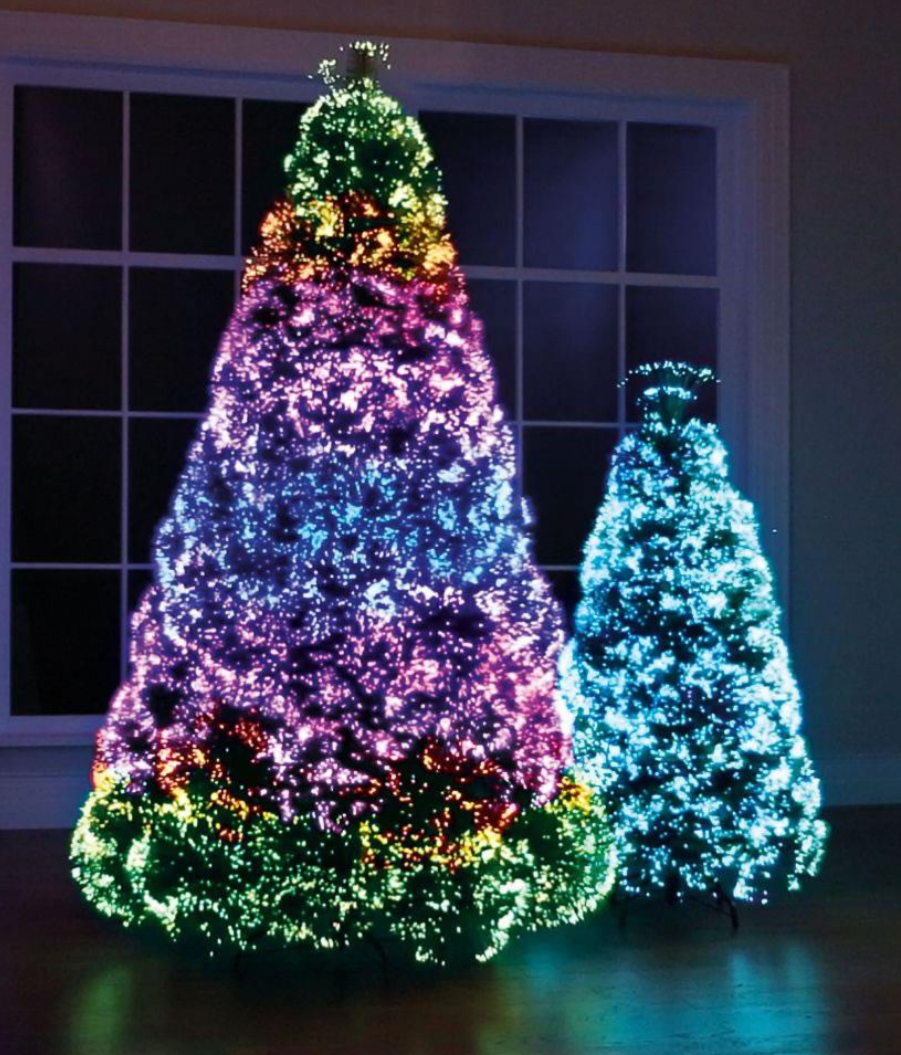The history of Christmas trees dates back centuries, rooted in ancient traditions of celebrating the winter solstice. Evergreen plants, admired for their resilience and ability to stay green during winter, were symbols of hope and life in many cultures, from ancient Egyptians who decorated their homes with green palm rushes to Romans who adorned temples with fir boughs for the festival of Saturnalia. The Christmas tree tradition as we know it began in Germany in the 16th century when devout Christians brought decorated trees into their homes. The practice spread throughout Europe, and by the 19th century, Queen Victoria’s German-born husband, Prince Albert, helped popularize Christmas trees in England, where an image of the royal family around their tree inspired an embrace of the tradition. Immigrants brought the custom to the United States, and by the late 1800s, it had become an American staple, evolving with electric lights and ornaments to become a central holiday symbol worldwide. Today, Christmas trees are decorated with ornaments, lights, and personal touches, continuing to represent joy, family, and tradition for people everywhere.
How did that happen?

November 14th, 2024
Secure Payments
© 2023 Cozy Living - Decor. All Rights Reserved.
